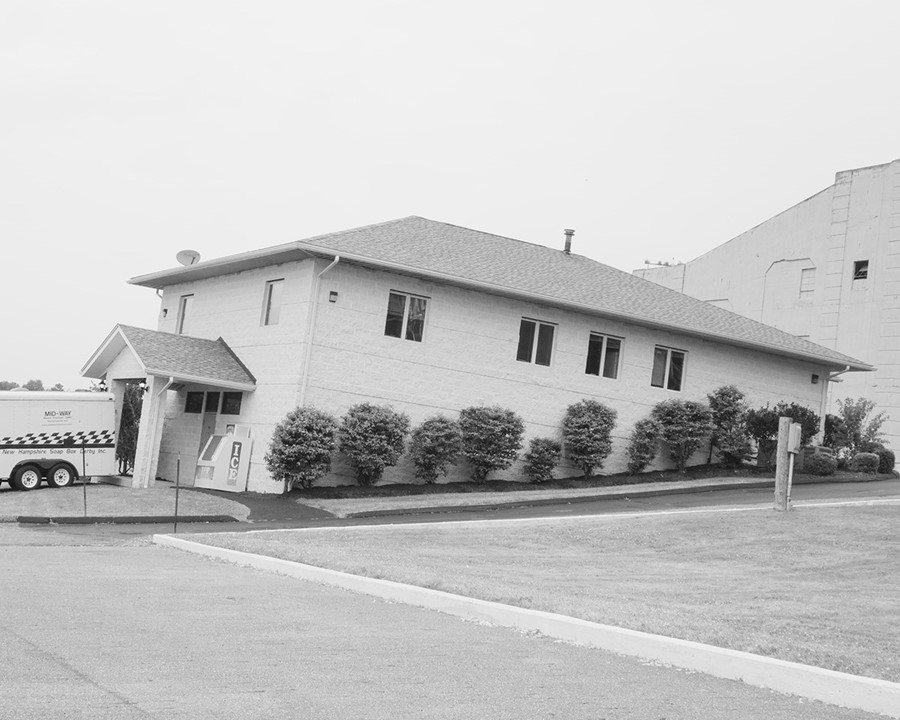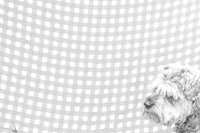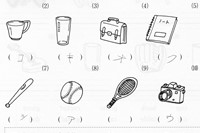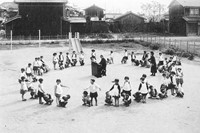Fumi Ishino’s new photo book comprises images shot in both the US and Japan that chart a life lived between two countries
Photographer Fumi Ishino has spent much of his life travelling between his native Japan and the United States, he's led a somewhat nomadic existence characterised by a strange sense of alienation. Misinterpretations and misunderstandings follow him through both countries, as he attempts to adjust to, and record, cultural clashes. These existential notions underpin his new book Rowing a Tetrapod, which collects a series of disparate black-and-white images taken throughout Japanese sites – including Hyogo, Osaka and Kanazawa – and US locations such as Ohio, New York, Newhaven, Connecticut and Los Angeles, where he currently lives. Ishino mixes intimate interior scenes with portraits, anonymous landscapes, images of space travel and records of family ephemera, creating disconcerting environments that reflect his eternal ‘alien’ status. Here, we speak with the artist about his latest work.
On misinterpretation...
“I made a lot of mistakes when I first came to America because I’m foreign, but now when I go back to Japan it’s hard for me to adjust again. It is almost like a reverse culture shock. Soon I realised that misinterpretation could actually offer a new perspective, and this informs my work. Misinterpretation, diversity, complexities of language, these all provide different viewpoints. So, I made pictures all across America and Japan, in lots of different locations. It is difficult to tell where they are; I deliberately want to blur that sense of place and time. For one image I photographed a snow-covered car from my window, when I was in Newhaven. It was a very dark night, and I used a flash to isolate it, like a spotlight. It almost looks like a miniature because I confused the distance. I feel that sometimes the landscape I see is distorted and I want to show that. Like when you wake up in the morning and for a second and you are confused about where you are.”
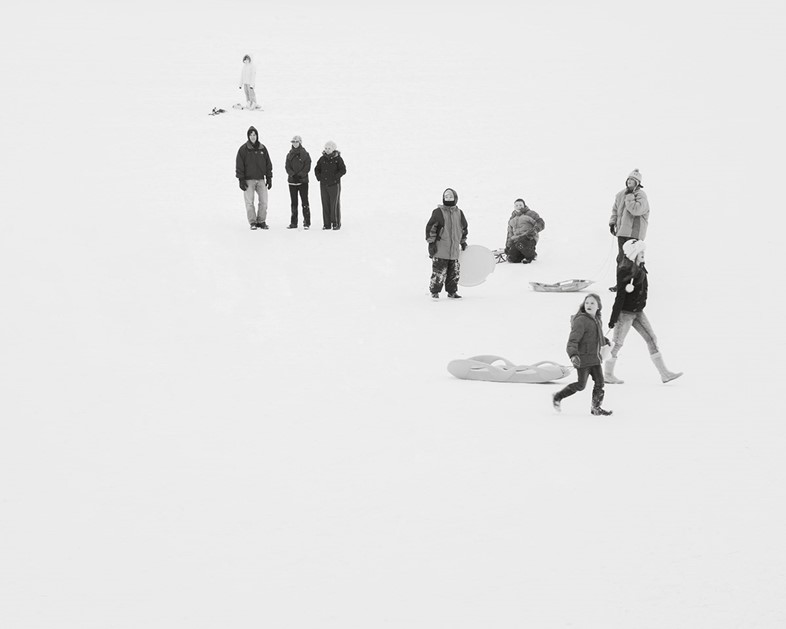
On tetrapods...
“Interpretation is also part of the book’s title; people always ask me about it because it is quite strange. A ‘tetrapod’ is a concrete block that is used to protect land from ocean waves, because we have earthquakes in Japan, which cause tsunamis. It is a very strange shape, like a tripod but with short legs, almost like a spaceship. The word is also used to describe vertebrates and often refers to types of lizards. Both meanings make me think of wandering and drifting. So, it all comes back to interpretation and understanding; evoking different meanings and sparking the imagination.”

On outer space...
“I use images of outer space as a metaphor. It relates to my experience coming to America and then going back to Japan. I feel like each country isn’t my own, even though I grew up in both. I am an alien; even on my green card there is an ‘alien number’. The astronaut and outer space pictures I have used are all linked to a form of alienation in my own experience. My signed [American] astronaut photograph is real; I met him after a lecture he conducted at a science museum. I just wanted to hear what an astronaut had to say because his experience must be completely different from what most of us can imagine: how he looks at the world, how he perceives his own body after being in space. I was in line with lots of little kids and I’m not sure if he knew what to say to this old dude. He wrote this cheesy line, ‘aim high and touch the stars’, which is sort of perfect, isn’t it?”
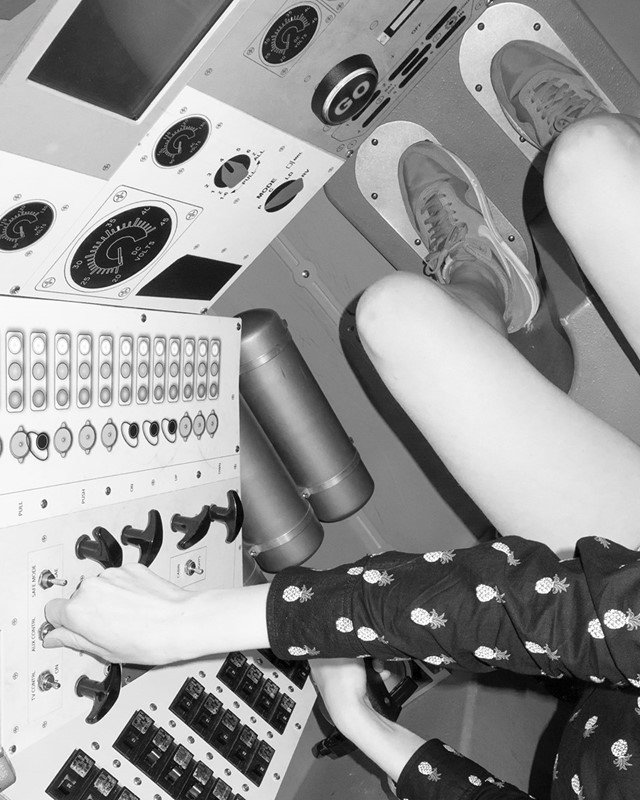
Rowing a Tetrapod by Fumi Ishino is available now, published by MACK.
